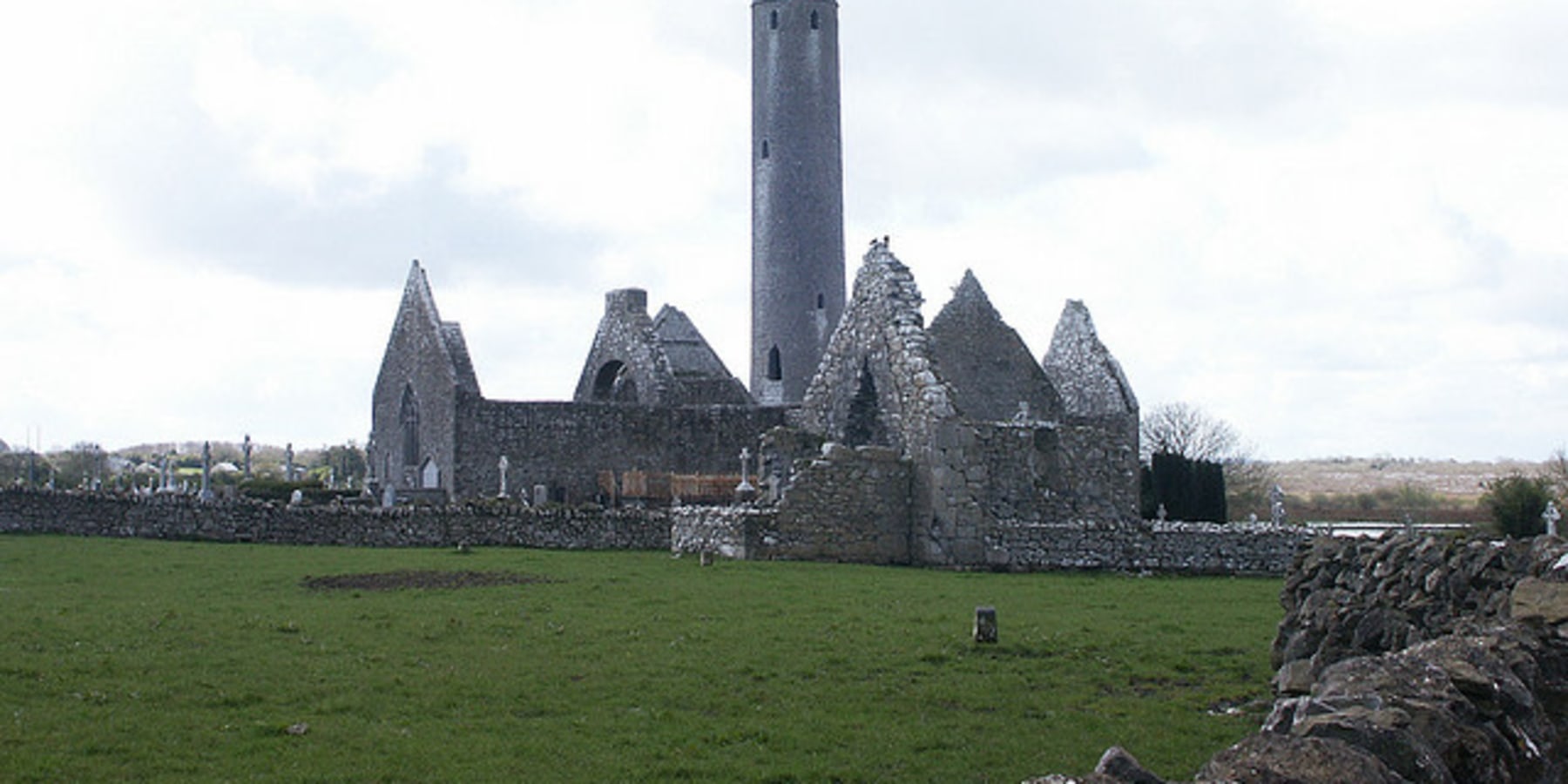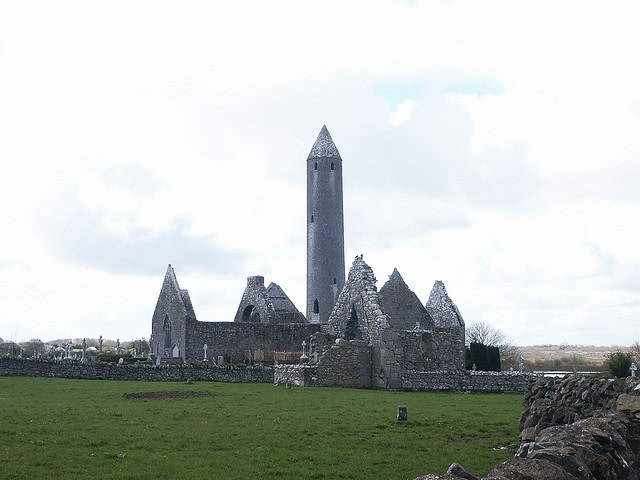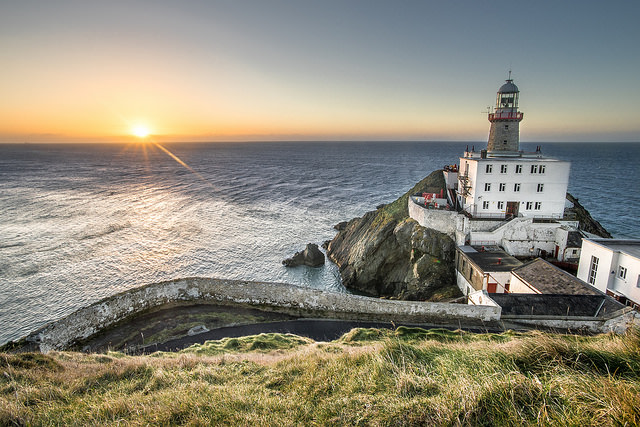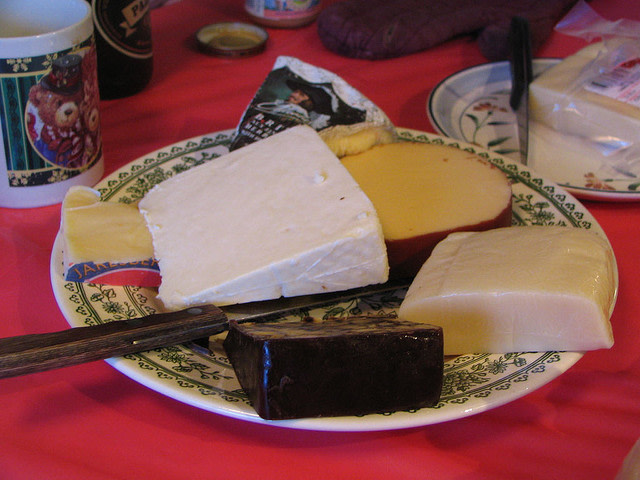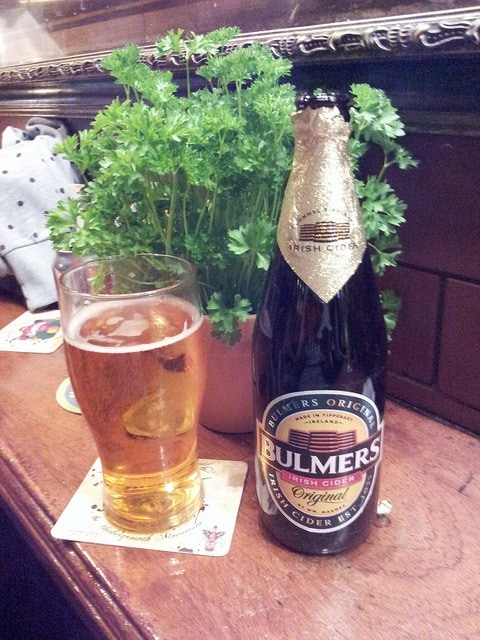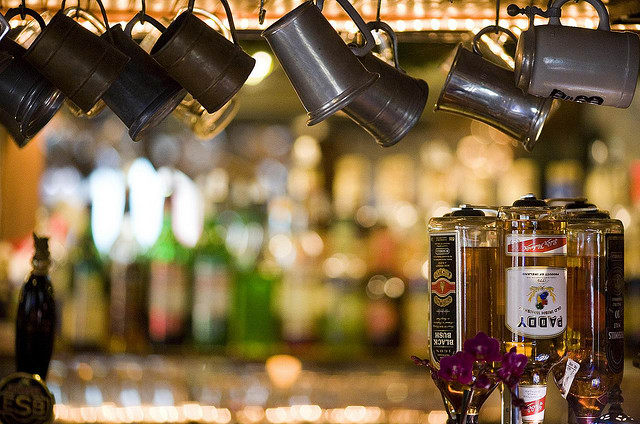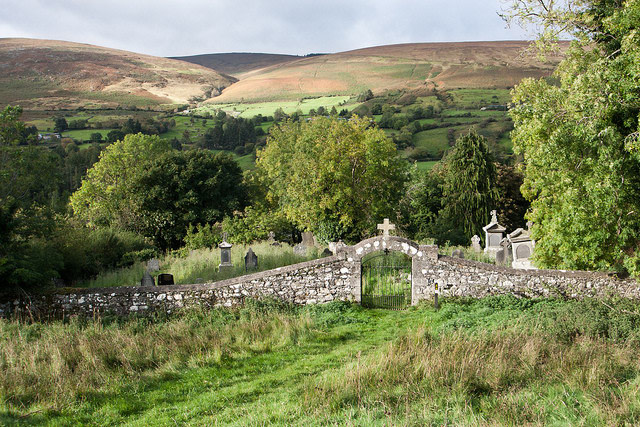| 6 mins read
By Julie Jennings
Brief History of Ireland
This British Isle spans 320 miles (486 km.) from the northern-most tip to the southern-most coast and spans no more than 171 miles (275 km.) from east to west. Human occupation of Ireland dates back as far as 6,000 B.C though the Celtic people are believed to have arrived in Ireland during the Iron Age. Ireland was politically divided into independent clans, and not until the 10th century A.D. was Ireland lead by one king, High King Brian Boru. The religious history of Ireland is a long study of Christianity and Catholicism, a system based first on monasteries and then dioceses. English influence and rule is recorded beginning in the 12th century and for hundreds of years the English and Irish wrestled with political rule, religion and Irish sovereignty.
The Government of Ireland Act of 1920 divided Ireland into two self-governing areas, northern and southern. Effective in 1949, Ireland gained sovereignty from the British Commonwealth, while Northern Ireland maintained its constitution. Today, the official language of Ireland is Irish and English and its currency is the Euro. Northern Ireland maintains English as its primary language and the British Pound as its currency. Belfast is Northern Ireland’s capital city, and Dublin serves as Ireland’s capital.
At the ‘Eating House’ and to ‘Fancy A Few Scoops’
Spoiled for choice – this is how best to describe the selection of “eating houses” and beverages in Ireland’s largest cities and smallest towns. Craving local cuisine or simple pub fare? Meals are likely to include beef, lamb, seafood, fresh vegetables, and cheese. Specialties may include a variety of Irish cheeses served throughout day, lamb prepared with wild herbs like rosemary and thyme, oysters, curried lobster, smoked salmon of all varieties with brown bread, Irish stew, and an Irish staple – soda bread. Delectable chocolate treats, cheesecakes and Irish apple cake ensure even the fullest stomach can find room for “afters,” also known as dessert.
The Irish reputation for a vast selection of alcohol is well known, but travelers preferring a non-alcoholic drink can consider Ireland’s local apple cider as a delicious option. Of course, hard ciders with alcohol and slight carbonation are also served at most pubs. For travelers who “fancy a few scoops” (as in alcohol shared with friends), drinks come in many shapes and sizes, although beers come in pints. Local microbreweries have grown in popularity and tours or tastings are often available daily. Whiskey production stays strong after hundreds of years, but Irish gin takes on new flavors these days with local distilleries incorporating apples, rowanberries, elderberries, bog myrtle, honeysuckle, and wild clover with native botanicals such as juniper. Some producers don’t offer public tours, but an Ireland Tour Guide can likely arrange such a visit.
Some DO’s in Ireland
DO pack an umbrella and sweater or rain jacket for Ireland no matter what time of year it may be. Cool temperatures and showers are common.
DO take the “Craic” or the Irish sense of humor and wit in the right spirit, if you are targeted for a round of “slagging”
DO make it a point to catch the Gaelic games if you are visiting around St Patrick’s Day to enjoy the Irish sports of “Hurling” and football in a charged atmosphere.
DO remember Ireland is famous for its music and dance. Practice your Riverdance steps, lookout for a rendition involving traditional instruments such as the Bodhran, harp, fiddle or Uillean pipes, or tune in for a round of Irish folk music; a true cultural immersion!
A Few DON’TS in Ireland
DON’T overschedule a trip to Ireland. Days are longer in the summer months, but there are so many places to see and the pace is slow and the roads narrow. Allow time for meandering and unexpected stops. The stunning scenery, cozy inns and pubs, and friendly conversation should be savored and not rushed.
DON’T smoke in enclosed public places and definitely don’t drink in public in Northern Ireland. It’s illegal.
DON’T forget your Pub etiquette. Buy a round of drinks; it will go a long way with your new Irish acquaintances.
Getting to and around Ireland and Northern Ireland
Ireland can be reached by air or by ferry, depending on the needs of the traveler, but the most direct route is by plane from London’s Heathrow or Gatwick Airports, Manchester Airport in northern England, or other smaller airports in England into the capital cities of Dublin or Belfast in Northern Ireland. The airports are Dublin Airport and Belfast International Airport. Ferries are also available from locations along England’s coast. Once here, renting a small, automatic car is the best choice, given travelers will be driving a left-hand car on the left side of the road, using mainly traffic circles while navigating the island. Despite what maps may estimate (and a map is highly recommended), travelers should adjust drive times to allow for two-lane roads, slow traffic and an occasional sheep in rural areas.
Weather on ‘The Emerald Isle’
This island earns the nickname for its miles of rolling, green hills, which keep their vibrant color thanks to moderate temperatures and rain showers, which are common in every season. Winter is the wettest and coldest season (November-February), with temperatures dipping into the 40s F and occasionally below the freezing mark. However, it is not too cold for a brisk walk, a shopping trip, or a visit to one of Ireland’s cozy pubs. Summer is the most popular time to visit with temperatures hovering in the mid 60s F to low 70s F range. Ireland’s spring and fall seasons are the most stunning though; an abundance of wildflowers are in bloom in spring, and fall foliage is stunning. The temperatures dip into the 40s to mid-50s F, which is perfect weather for walking Ireland’s scenic outdoors, particularly the Burren District of County Clare and the lava display of Giant's Causeway in County Antrim, Northern Ireland.
Image Details and Licenses: https://flic.kr/p/6fyzHH (Kate, CC BY-NC-SA 2.0), https://flic.kr/p/roS81C (Giuseppe Milo, CC BY 2.0), https://flic.kr/p/dJdp (Boris Mann, CC BY-NC 2.0), https://flic.kr/p/4zNaVX (Thomas Hawk, CC BY-NC 2.0), https://flic.kr/p/enpW9s (Fla_ke, CC BY-NC-SA 2.0), https://flic.kr/p/dPTgZH (Sinéad McKeown, CC BY-NC-SA 2.0), https://flic.kr/p/2Gp7Mp (viclindsay, CC BY-NC 2.0)

